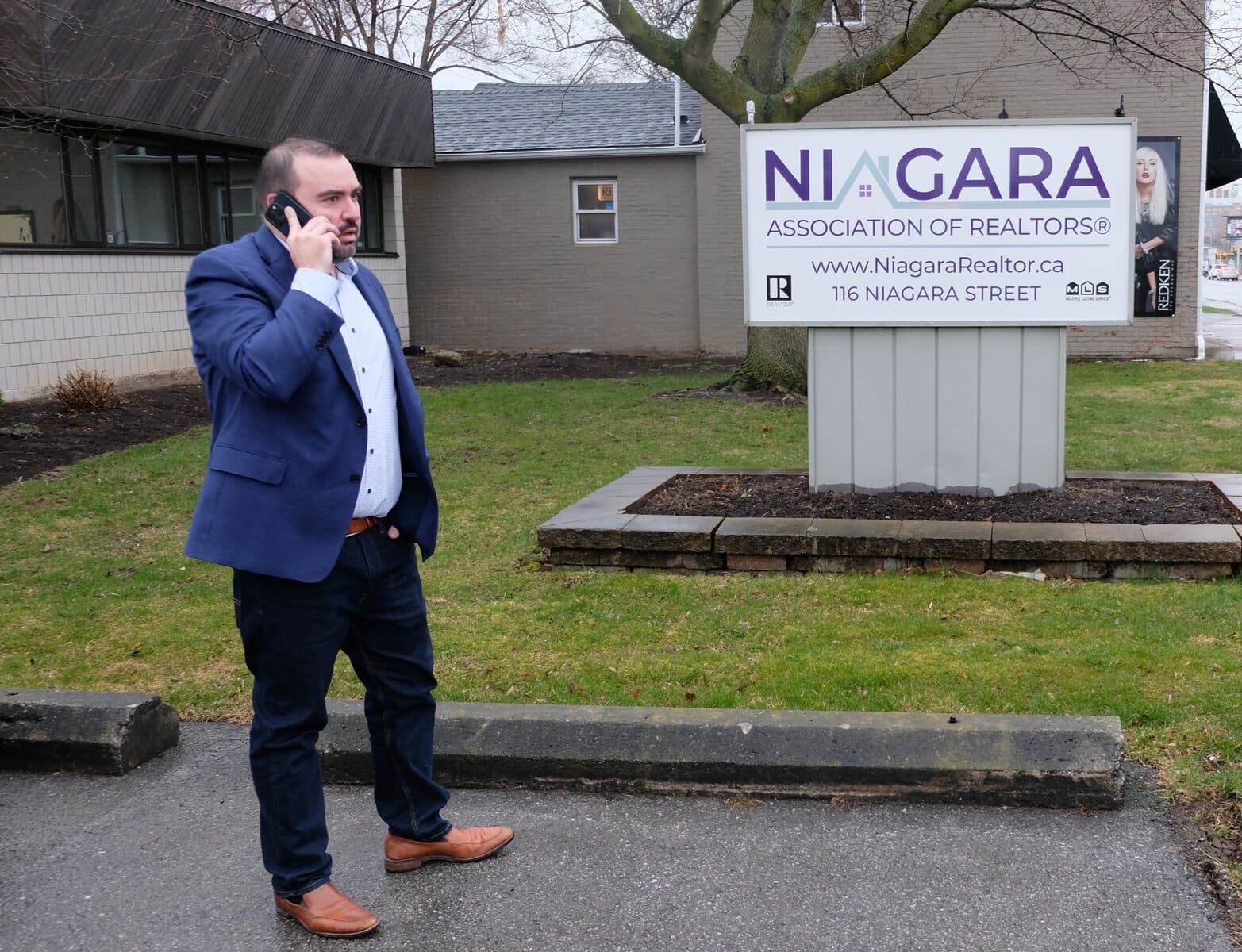This story has been updated to correct the surname of Nathan Morrissette, president of the Niagara Association of Realtors.
Whether it is Niagara-on-the-Lake or the region as a whole, there is one thing on which local experts can agree: the COVID pricing days in the local real estate market are gone but the correction that many people are hoping for to restore pre-pandemic affordability is nowhere in sight.
First quarter numbers for 2024 are telling a story of modest price fluctuations since January of this year in NOTL driven by a new post-COVID stability that is enhancing confidence on both sides of the coin, but with buyers actually now returning to the driver’s seat.
“We are bumping along with moderate increases and while we are still not back to normal volumes (of sales), I believe this is not a bad market,” says Niagara-on-the-Lake Realty owner Chris Bowron.
Bowron reports that the average list price of a home in NOTL did lurch to just over the million-dollar plateau at $1,014, 823 in March, having hovered just below that in January and February. In total, 87 homes were sold in the first quarter with an average time of 72 days on the market.
“In January of this year there wasn’t a very big change,” he says. “The biggest change we saw was in February where the benchmark price was down about 2.6 per cent but we were still up fairly dramatically in volume of sales.”
Despite February’s benchmark success, March saw the most dramatic sales increase across the board with 45 homes sold in NOTL. With that said, local inventory numbers are still very encouraging. Whereas during COVID low inventory levels created a buying and bidding frenzy which added to the dramatic increases in prices month-over-month, current levels are creating a much more favourable and lower-stress environment.
“The real estate landscape in Niagara-on-the-Lake is witnessing a gradual recovery, especially in terms of sales, compared to the previous year,” says Michelle Reynolds with Royal LePage, Niagara-on-the-Lake. “Despite this, it remains a buyer’s market, with over 12 months of inventory available,” she adds.
Reynolds is also seeing a shift in who is buying homes in NOTL. Where traditionally the community has a higher average age than many other communities in the province, new work models and lifestyle shifts in recent years is opening up the market to other demographics.
“The shifting face of retirement and the influx of younger families into the area highlight a growing demand for active and thriving communities. With many individuals now opting for hybrid work models, allowing for remote work and occasional office visits, more people are exploring communities like Niagara-on-the-Lake for its lifestyle offerings.”
Interest rates
For people waiting on lower interest rates to purchase a home, this may not be the best tactic. Last year, the Bank of Canada raised rates from record lows over the past decade. Just two weeks ago, that key interest rate of 5 per cent was maintained.
Nathan Morrissette, president of the Niagara Association of Realtors, says with home prices continuing to increase month-over-month in Niagara, locking in now with a variable short-term rate and renegotiating in 12 or 24 months to a more favourable interest rate can balance things out.
“We have had some savvy buyers who are actually looking to purchase now, and in a year or two when the rates get lower lock into that different rate because the price of the home could be a lot different then. Yeah, the rate is better but you may end up in the same place that you are today, depending on the price of the home, if they keep climbing.”
The current word on the street is that Canadians are in for a decrease in interest rates sometime in 2024.










